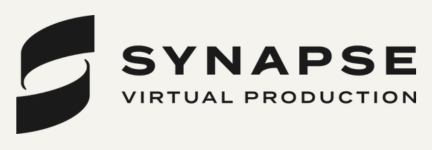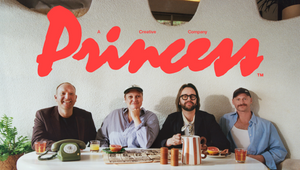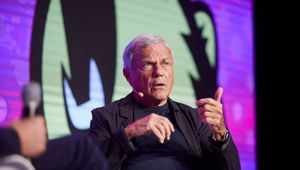
Cautious Revival: What Q2 2025's Bellwether Report Tells Us About the State of UK Marketing

After a rocky start to the year, Q2 2025 has delivered a welcome rebound for UK marketing budgets, at least on paper. According to the latest IPA Bellwether Report, released today, a net balance of +5.5% of companies increased their marketing spend this quarter. That marks a significant turnaround from Q1’s −4.8% contraction, which makes for the highest reading in a year.
But while the headline growth figure offers a glimmer of optimism, a closer look reveals a marketing landscape still defined by caution, short-termism, and uneven recovery across channels.
The clearest driver behind this quarter’s growth is not a surge in confidence or a renewed appetite for brand building, it’s tactical marketing. Sales promotions saw the largest net increase (+9.4%), closely followed by direct marketing (+9.1%), suggesting that brands are doubling down on activity with an immediate and measurable impact. These channels are traditionally the first to benefit when budgets are tight and return on investment is being closely scrutinised.
Main media, which is often a barometer of brand confidence, remained flat overall, with a net balance of 0.0%. Though this technically is an improvement on two consecutive quarters of decline, it also signals ongoing hesitation around committing to longer-term brand investments. Within main media, only other online advertising, which includes influencer marketing and digital display, saw modest growth at +2.2%. Video remained unchanged, while more traditional formats like audio (−6.3%), out-of-home (−8.9%) and publishing (−4.8%) continued to fall, albeit less sharply than in Q1.
This restrained approach is understandable, given the wider economic context. While the UK is on course for modest growth in 2025, with an adspend forecast to rise by 0.8% over the year, macroeconomic uncertainty remains a critical factor. The report notes persistent concerns around global trade tensions, energy costs, and interest rates, all of which are dampening marketer confidence and delaying larger strategic decisions.
In fact, despite the quarter’s growth, the outlook for the industry as a whole remains subdued. The Bellwether report shows a net balance of −26.2% of companies anticipating deteriorating industry-wide financial prospects. While it’s a slight improvement on last quarter, it’s still deep in the negative. Company-specific sentiment is slightly more buoyant, with only −3.0% predicting worsening finances for their own businesses.
The paradox here is clear: while brands are willing to loosen purse strings for immediate impact, they are reluctant to think long-term. Paul Bainsfair, director general at the IPA, summed up the sentiment by noting that while any sign of recovery is welcome, “the dominance of sales promotions and direct marketing shows that brands are still playing it safe, often at the expense of long-term brand health.”
This isn’t just an academic concern. The over-rotation toward performance marketing, especially in times of economic stress, is a well-documented risk. When brands chase short-term wins, they can miss the impact of consistent brand storytelling.
The opportunity is there. With main media budgets stalled and competition potentially lower in traditional brand channels, there is space for brands willing to invest with courage. As many in the industry continue to advocate, a balanced approach, one that fuses tactical precision with emotional resonance, will be key to navigating whatever the second half of the year brings.
In Q2 2025, UK marketers are walking a tightrope. Budgets are recovering, but not freely. Optimism is returning, but remains fragile. And creativity, while present, is largely channelled into short bursts of impact rather than long arcs of brand meaning. The next quarter will be a test of economic resilience, creative ambition and strategic nerve.















